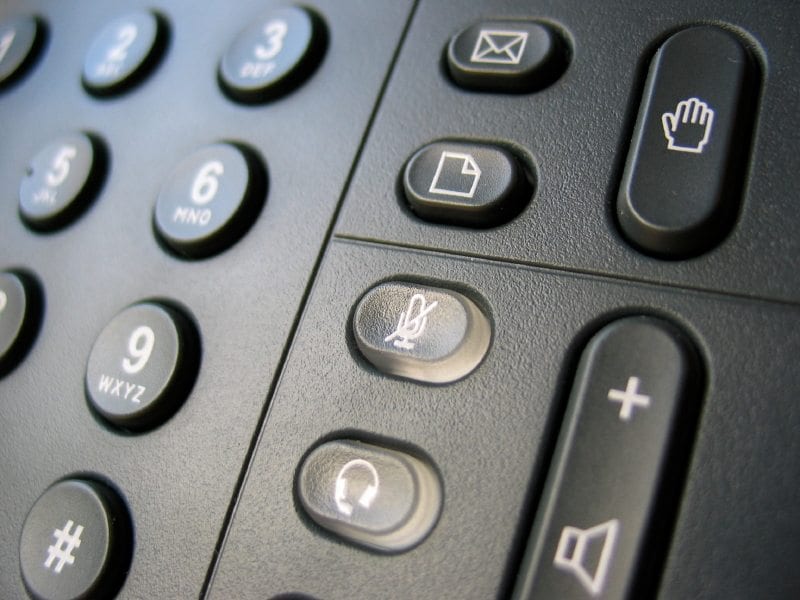In a perfect world, we’d never have to put a customer on hold. We know a customer’s time is valuable, and the last thing we want to do is increase the chances of irritating a potential client. But the reality is that we can’t always take every call or solve every problem immediately.
On-hold messaging can help you get important info to callers, enhance your brand, and entertain callers who have to wait. The catch—and it’s a big one—is that if you do it wrong and your on-hold message gets under the listener’s skin, it will backfire.
1. Know Your Average Hold Time
A repeated message gets old fast. You might think that repeating the same content every 15 seconds is a great way to drive home a point or advertise a new product. However, it really only reminds your customer that they’re on hold.
Use your average hold time as a guide for how long your messaging should be. If customers have to wait 6 minutes on average, try to use up all of that time with different, but valuable messaging points. Pause for several seconds between each point to give the listener time to absorb what’s being said.
2. Include a Call to Action
It’s appropriate to let callers know about special offers, events, and important information while they’re on hold. If your veterinary clinic, for example, is hosting a free class on heart-worm prevention, that’s great content for your on-hold message.
Give callers the details slowly so they can write the information down. Then direct them to ask additional questions when a representative is on the line or ask them to visit a specific web page for more details.
If you can save customers time, do it. Many times the things customers call about can be completed online with no wait. Tell them what they can accomplish on your website and give them the URL.
3. Make Your On-Hold Message Entertaining
This is particularly important if you have long wait times. Believe it or not, the right on-hold message can actually improve your customer’s mood. The tone and content of your message should align naturally with your brand, but you can add some fun elements that distract the caller from the fact that she’s been waiting for 10 minutes.
Humor can be hit or miss, so don’t opt for a comic routine in your messaging unless you’re 100% confident you can connect with your audience. A better alternative might be including trivia that’s relevant to your business. For example, if you run a travel agency, you could include a few interesting trivia questions about the culture and customs of popular vacation destinations.
There are plenty of other ways to make your messaging unique, yet non-abrasive. Try using multiple voices for a more conversational approach, change your message to fit the different seasons, or record your own messages instead of using voiceover talent.
We’ve all been put on hold, so the best thing you can do when writing your message is to put yourself in the shoes of the listener. What messaging techniques do you love or hate to hear?

